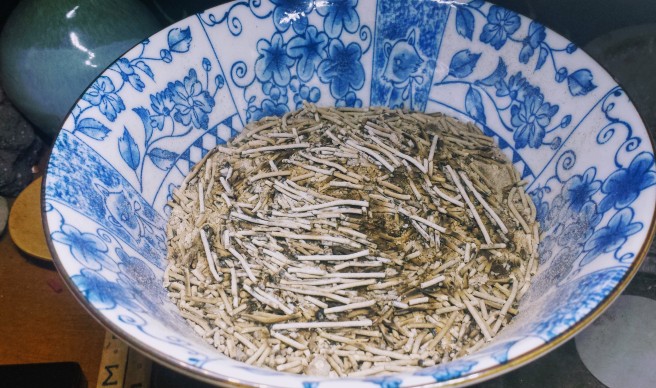Note: This page has been superseded by an open access online book I wrote for people just getting started with honoring Gods. Please visit https://kayeofswords.github.io/soulsinnerstatues/ and view the chapters “Foundations” and “The Mechanics of Ritual.”
I live in a city. Not only that, but I never learned how to drive. I have a massive phobia of cars and have to use breathing exercises whenever I am a passenger.
The police in my city drive around a lot. There are strict fines for littering in parks. My neighborhood has a Neighborhood Watch. The apartment building where I live has blacktop in the back with no space for offerings — just a tiny stretch of grassy weeds right behind the city-provided garbage containers.
If we lived in a society where giving offerings to many gods were commonplace, we’d have infrastructure for disposing of them in respectful ways, like designated sacred waste disposal or incineration points, either coordinated by temples or by the city. We don’t.
One of the most important things in polytheism is this: Don’t let the perfect be the enemy of the good.
The point of kharis is to give gods genuine offerings that they will (hopefully) appreciate. Purification, appropriate offerings, and hymns are ways that we connect with gods in worship. Ultimately, though, you’re looking to
- remove distractions while
- being present with gods and
- giving sacrifice.
I’m a traditionalist, but not with the types of offerings I give. The types of offerings I give are the ones that I can consistently dispose of in respectful ways given my city-living, nondriver situation.
Many people live in places with backyards, flexible ordinances that allow for fires (or places to actually store/use a grill), and easy (driving or transit) access to nature. The transit in my city is designed to get people to shopping places and work, not parks. One of my dreams is living in a place where I could have a charcoal grill and space to use it.
The only time I offer food is on the Eumenideia, when I make cakes out of rice flour covered in honey and sesame seeds. Usually, the Eumenideia is during ice season, so it can take me longer to dispose of the offering than I would like.
90% of what I offer is coreless Japanese incense. I have a large bowl purchased at the local Chinese grocery store for my all-gods shrine, and I have smaller bowls at other shrines in my apartment. Coreless incense will burn down to the end if placed on a bed of ash, which leaves no waste. I have years of incense in my bowls.

The rest of the time, I offer liquids. I pour the liquid offerings down the kitchen sink. Before I can dispose of these offerings, I have to clean the sink, and I need to run the garbage disposal. Personally, I don’t find the idea of offered liquids running through food trash in my sink respectful, and this is the solution that makes the most sense for my living situation.
The most important thing about offerings is that one disposes of them with as much politeness as possible. In this context, don’t let the perfect be the enemy of the good means that it is more important to make offerings than that they follow historically accurate ideals — when those changes are the difference between giving cultus and doing nothing.

I would also like to suggest that if you’re making offerings to cthonic deities, which traditionally happened in a sacred pit, that you have a flowerpot set aside for this. Place your offering in the pot, cover with a bit of soil, and it’s ready for the next one (I think it would also be good to place a lid over the pot to keep out contaminants). As you’re able, you can then take the pot and bury its contents somewhere else, but the flower pot should be a safe container for offerings in the meantime.
LikeLiked by 1 person
Yes, that’s a great idea!
LikeLike